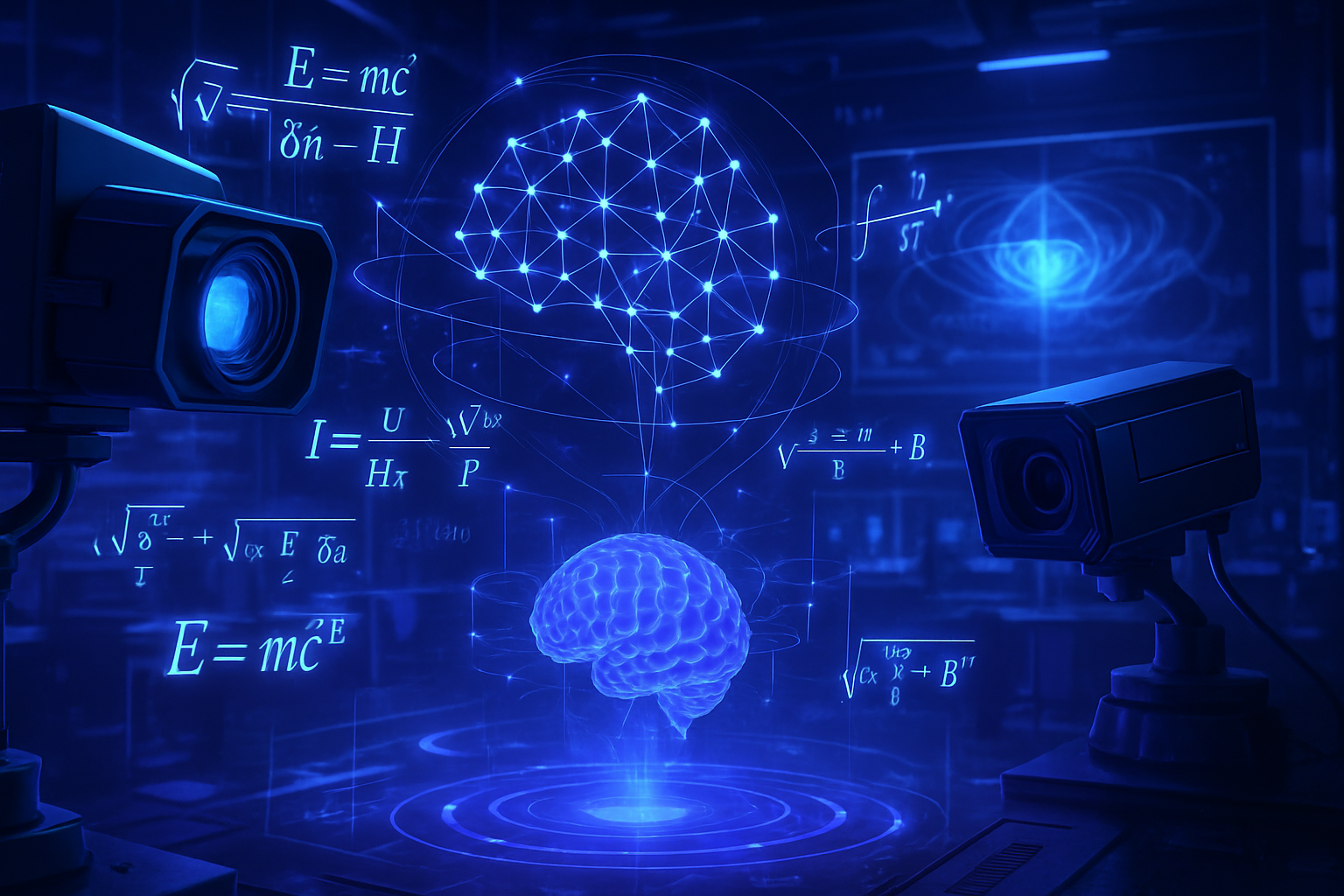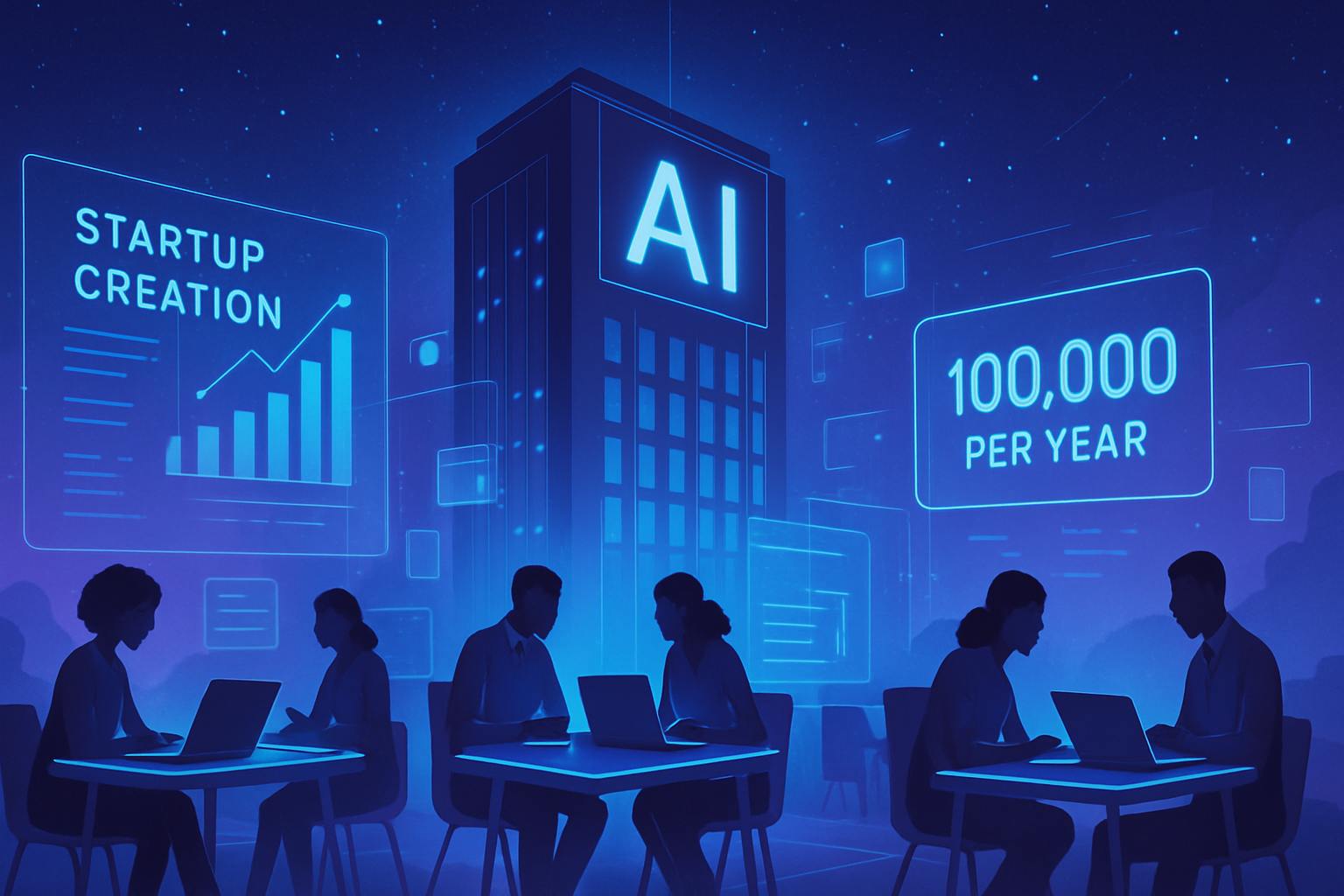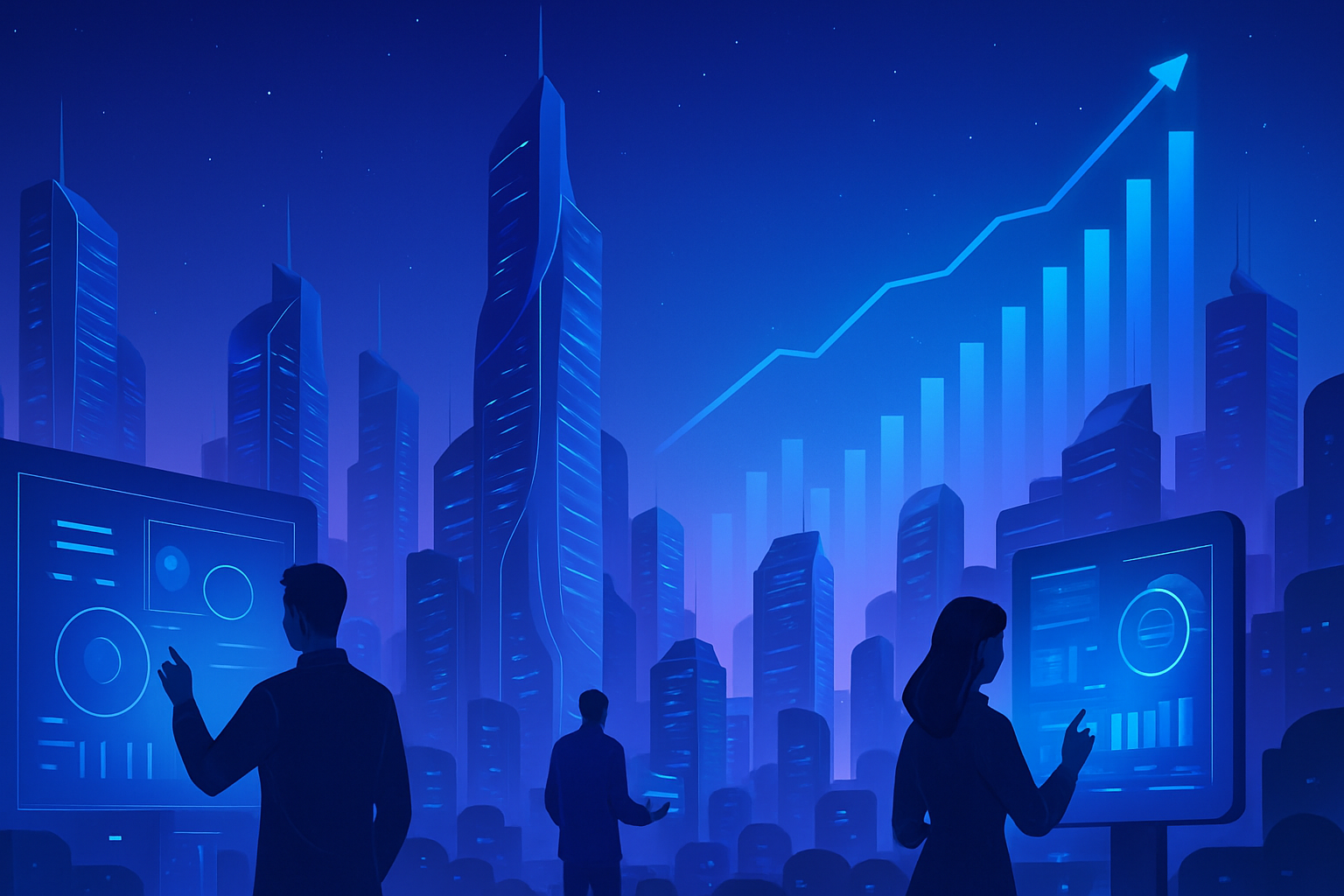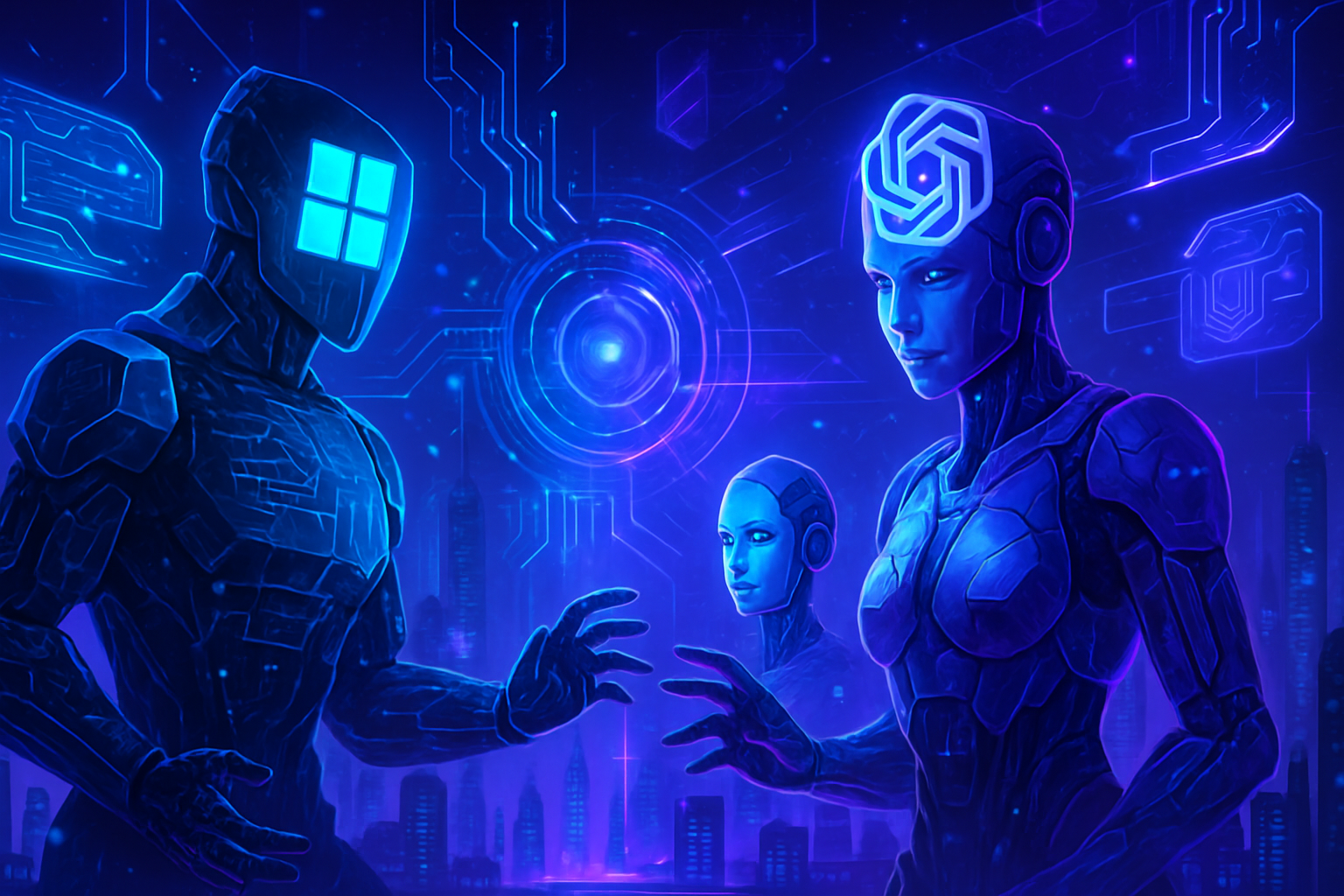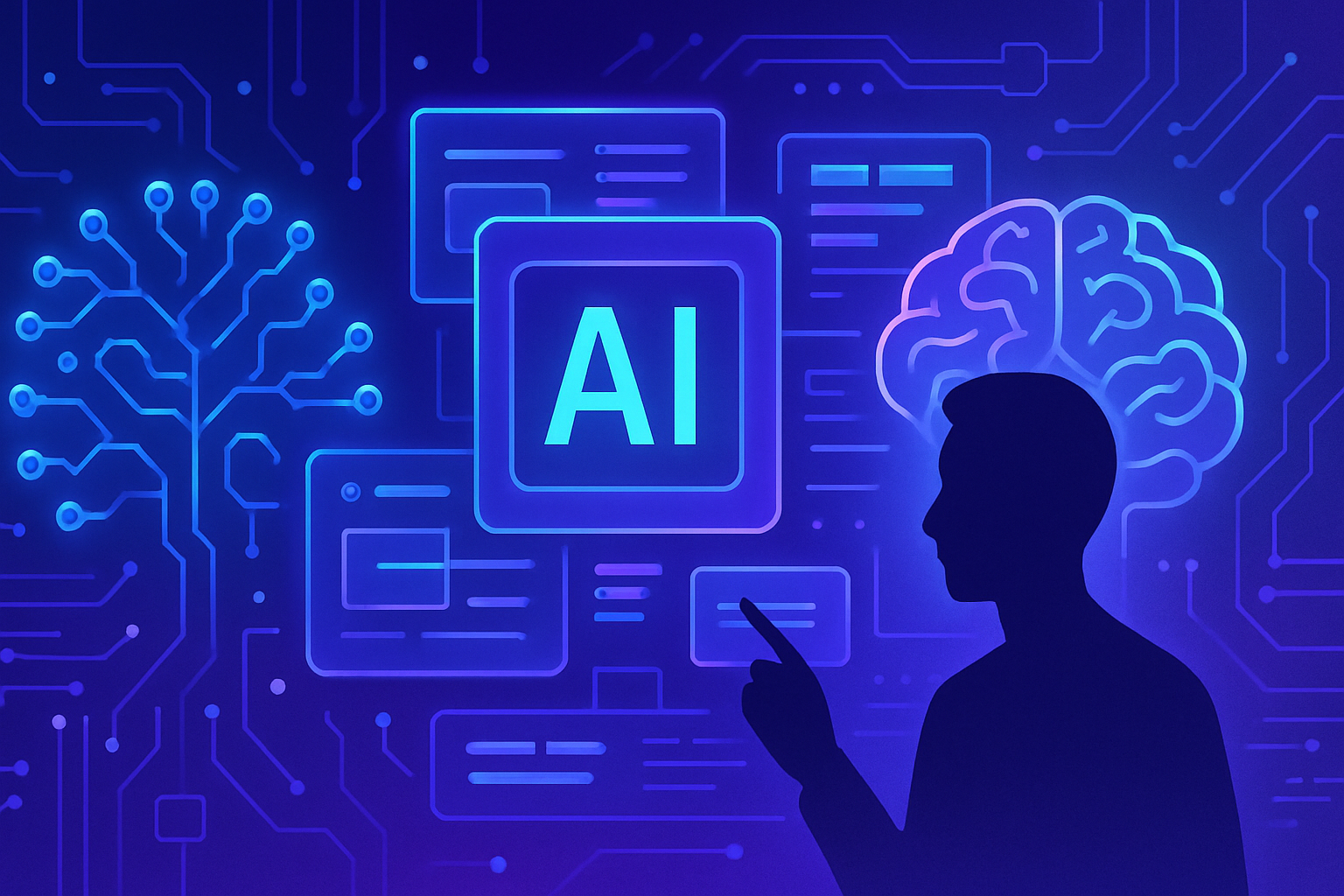The symbiosis between physics and computer vision drives unparalleled advances in machine intelligence. Current challenges focus on improving the accuracy of visual recognition systems, essential for various applications, from robotics to medicine. The crucial issues related to algorithm hallucinations and development costs require innovative and rigorous solutions. The interaction between these two disciplines not only shapes the technological future but also reinvents our perception of the world.
Advances in Computer Vision
Computer vision continues to progress, integrating mathematical models and innovative computing approaches. This field is emerging as a fundamental pillar of artificial intelligence, offering considerable visual analysis capabilities. Image recognition, for example, allows for determining the nature of objects in complex photographs.
Intersection of Physics and Vision
Recent research shows how physics influences computer vision algorithms. Geometric techniques rely on physical principles to enhance model accuracy. Currently, researchers are exploring how depth perception and other geometric aspects can enrich image processing.
Historical Overview of Computer Vision
Computer vision finds its roots in studies from the 1960s. Larry Roberts, with his pioneering thesis on shape identification, illustrates this initial journey. This marks the emergence of a visual recognition system, of paramount importance for contemporary applications. The rapid development of computer vision now enables real-time video analysis, a significant advancement in the field.
Practical Applications and Challenges
The applications of computer vision extend to augmented reality, industrial inspection, and medical imaging. Modern systems require extreme precision to function reliably. Nevertheless, challenges remain, particularly the hallucinations generated by certain AI models. These can lead to errors including inaccurate perceptions of obtained results.
Concrete Use Cases
In industry, computer vision optimizes production lines by enabling automatic inspection. Machine learning algorithms identify defects invisible to the naked eye, thus increasing product quality. For medical purposes, the ability to detect anomalies in radiographic images revolutionizes medical diagnostics, thereby reducing intervention time.
Future Prospects
The convergence of physics and computer vision promises to open new research pathways. Researchers are focusing their efforts on improving algorithms to reduce learning data requirements while optimizing accuracy. Significant advances are expected, particularly through incorporating techniques inspired by neuroscience.
A Thriving Community
Conferences such as Computer Vision and Pattern Recognition testify to the vibrancy of the scientific community. These events bring together over 7,000 industry experts, facilitating the exchange of ideas and innovations. Through these gatherings, interdisciplinary collaboration is strengthened, allowing for accelerated advances in the field of computer vision.
Towards More Robust Artificial Intelligence
Advancements in computer vision are accompanied by research aimed at establishing more robust systems that are less prone to error. The development of alternatives to generative AI is necessary to ensure the reliability of results. Debates surrounding these implications highlight the importance of an ethical approach in deploying these technologies.
The Role of Education
Education plays a crucial role in advancing computer vision. Recognized institutions are training the next generation of experts, fostering the exploration of new horizons. By investing in solid academic programs, the sector ensures the continuous nurturing of innovation.
Ongoing Scientific Conclusion
Current research in the field of computer vision reflects an unprecedented momentum. The links between physics and technology offer intriguing prospects, directing future discoveries toward applications never before envisioned. This synergy results in a real evolution, awakening increasing interest within the scientific community.
Common FAQs
How does physics influence computer vision operation?
Physics plays a key role in the design of computer vision algorithms, particularly concerning the perception of light, shadows, and textures. These principles are crucial for the correct interpretation of images and movements.
What are the main physical limitations faced by computer vision systems?
Limitations include challenges related to the tribology of sensors, image distortion due to poor quality lenses, and the effects of varying lighting conditions, all impacting the precise interpretation of visual data.
How can advances in quantum physics improve computer vision?
Advancements in quantum physics could enable the development of more sensitive sensors, offering improved detection of fine details and better management of light interference, which would enhance computer vision accuracy.
How is depth perception integrated into computer vision systems?
Depth perception is typically integrated through techniques like stereoscopy, where two images taken from slightly different perspectives are compared to estimate the distance of objects in the environment.
What is the impact of the physical resolution of sensors on computer vision performance?
The physical resolution of sensors determines the amount of detail that a computer vision system can capture. Higher resolution improves the accuracy of identifying and classifying objects in a scene.
How do image correction methods utilize physical principles?
Image correction methods use physical principles such as optics and diffraction coefficients to adjust images based on optical aberrations and improve visual clarity.
What is the relationship between artificial intelligence and physical modeling in computer vision?
Physical modeling provides models that neural networks can draw inspiration from to better understand complex interactions in a scene, allowing for more precise and intelligent image analysis.
What role does physical simulation play in training computer vision algorithms?
Physical simulation is used to create synthetic datasets that help train algorithms by repeating various scenarios, allowing robust learning without the need for real data.
What physical challenges are associated with augmented reality applications based on computer vision?
Challenges include accurately tracking the position and orientation of the user, creating realistic 3D images, and processing data in real-time, all while taking the physics of the real environment into account.
